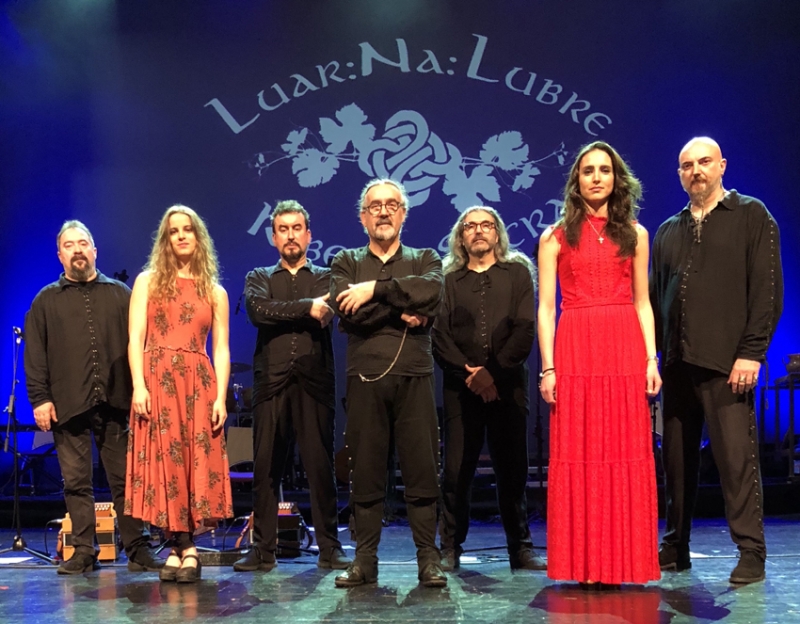The reference group of Galician folk, Luar Na Lubre, presented on 17 November at 20: 00h in the Palau Altea, his latest musical work dedicated to the Ribeira Sacra, recording that featured prominent artists such as Victor Manuel, the Their Galician singer, Choir Ruada Nani García, Marisa Valle Roso Asturian Juan Antepazo of Ashtaroth, Irma Suarez Macías and Brais Maceiras.
For nearly two hours of action, the audience will enjoy the show and folk music with Galician roots that give the band that captivated Coruña in 1996, Mike Oldfield himself, who included the subject O are do ar ‘, who gave the first title of the disc Galician group in their album “Voyager” with which he made one of the most important international tours of his career.
Tickets to attend this concert can be purchased at http://www.palaudealtea.com/2018/09/luar-na-lubre.html, and the City of Altea, Tuesday and Thursday from 10 am to 14 pm sales at the Palau Altea, Alcoy street number 18, from 16:30 to 19: 30hores two hours before the concert.
Luar Na Lubre, who in Galician means ‘shining moon in the sacred place of the Celts’ was founded more than 30 years in A Coruña with the aim of developing and disseminating music and Galician culture. The group consists -gaites Bieito Romero, accordion, hurdy roda-, Irma -veu- Macías, anti Ameixeira -violín-, Paxti -bodhran Bermúdez, drum djembé-, Pedro Valero acústica- guitars, Xavier Ferreiro -percussió Latin efectes-, Xan Cerqueiro -flautas- and Brais Maceiras -acordeón-.
A tribute to the ‘Ribeira Sacra’
The album ‘Ribeira Sacra’ was recorded in October 2017, the monastery of San Pedro de Rocas Orense, in order to highlight, through music, ethnographic and historical value of this natural, which aspires to be declared a World Heritage Site. This region of Galicia, watered by the river Miño, well known for its landscape of vineyards slopes stained with ancient wineries that are responsible for care of the Ribeira Sacra.
This work is the result of an ethnographic task of collecting sounds of nature, which are mixed in with 26 songs witnesses villagers, songs with lyrics that tell the story of historical figures such as Romasanta, legends of the area barallete or texts in the language of the grinders of Ourense and sound entroido or Carnival.
“We went through villages to talk to people, we pick up the sound of the wind, cars, bells, and images of snow, sunrises, so that this work is a blend of music with the environment of the Ribeira Sacra” said the leader of the band, Bieito Romero, who noted that this work has become “a human and natural soundtrack.”

